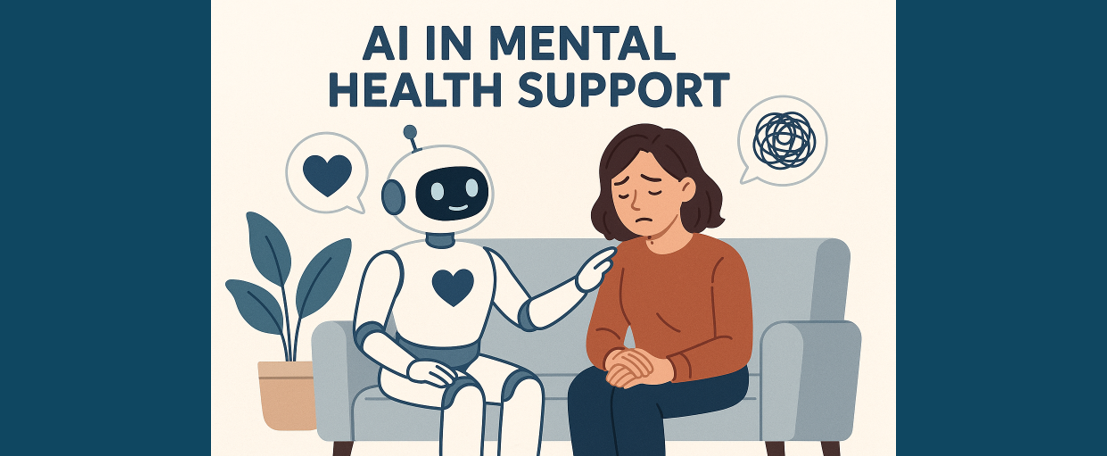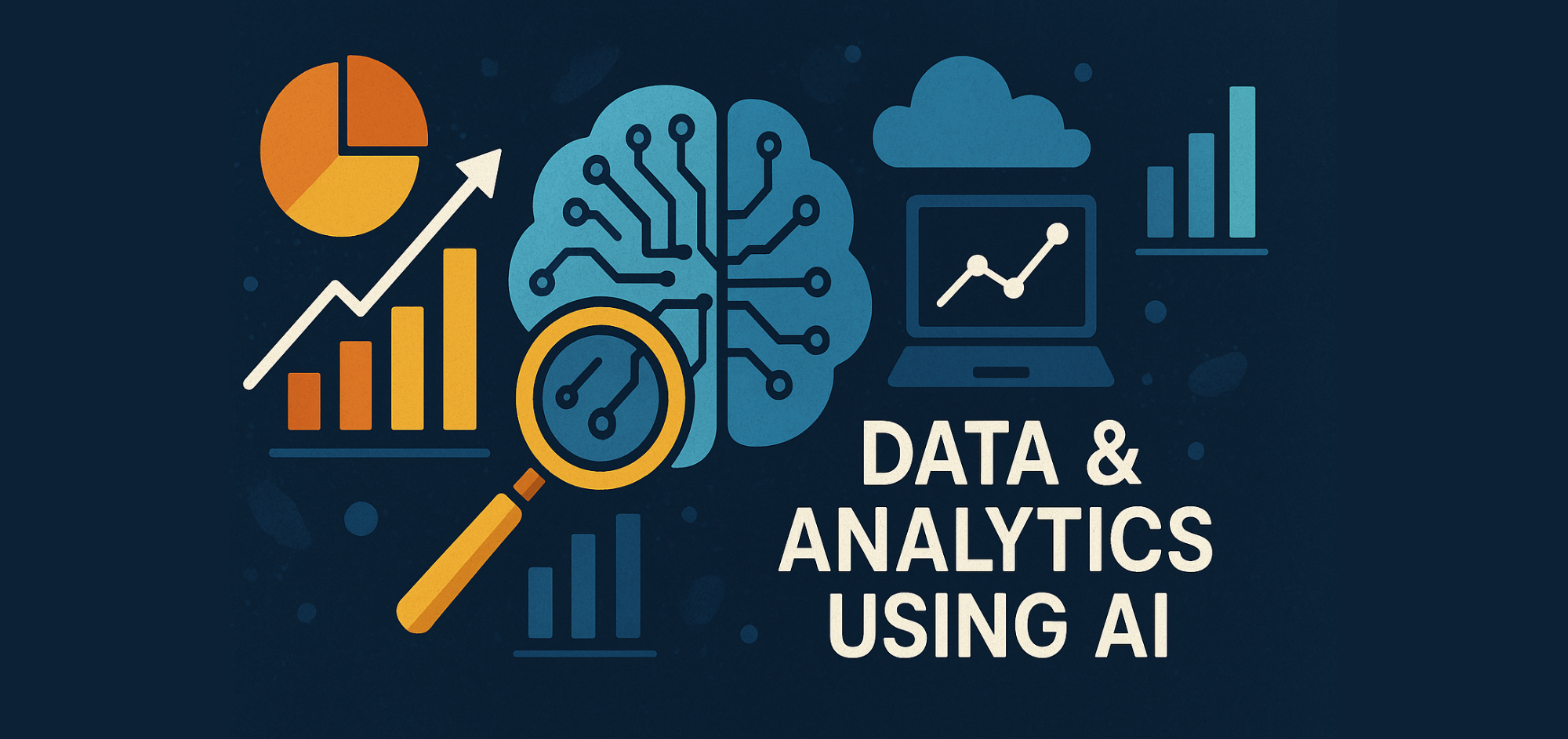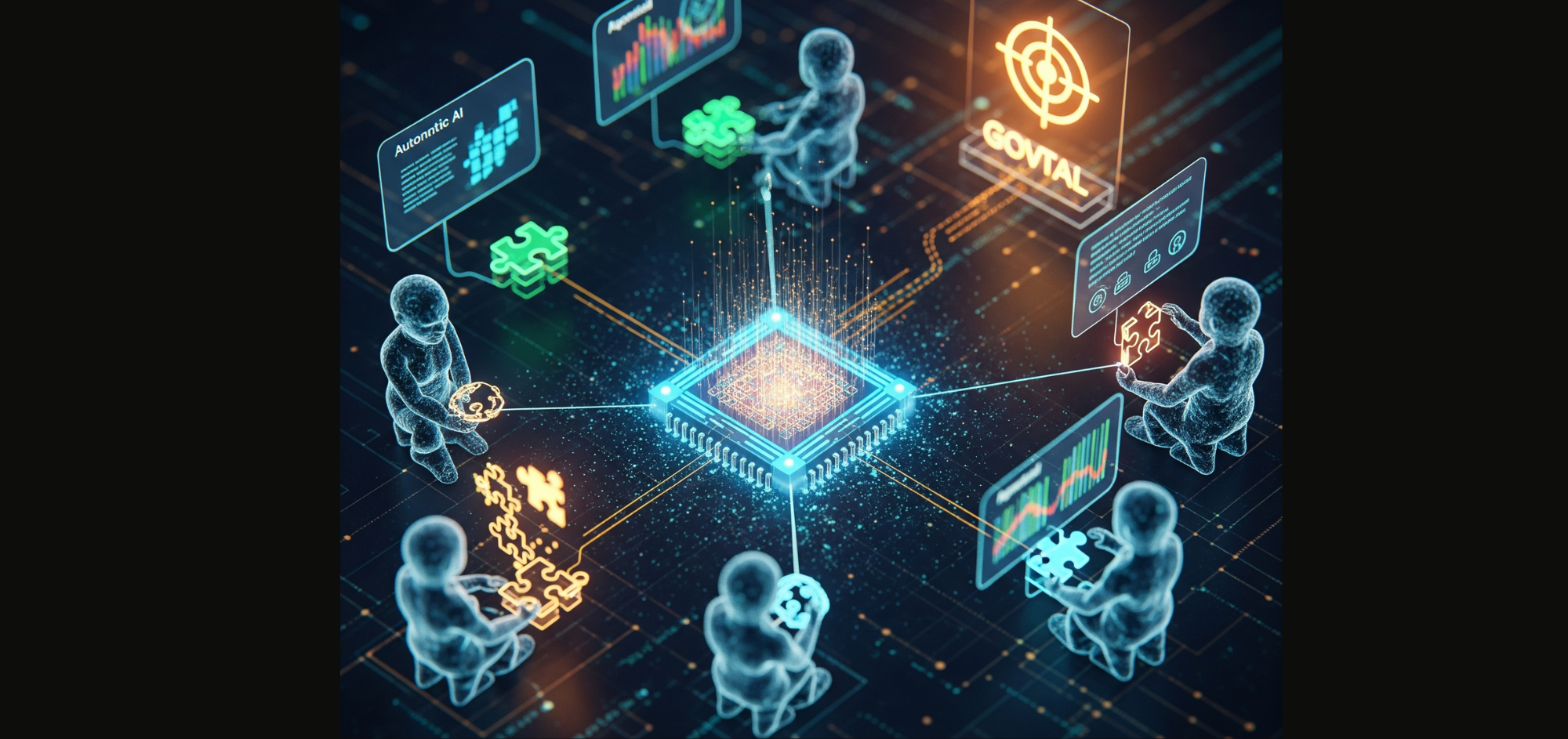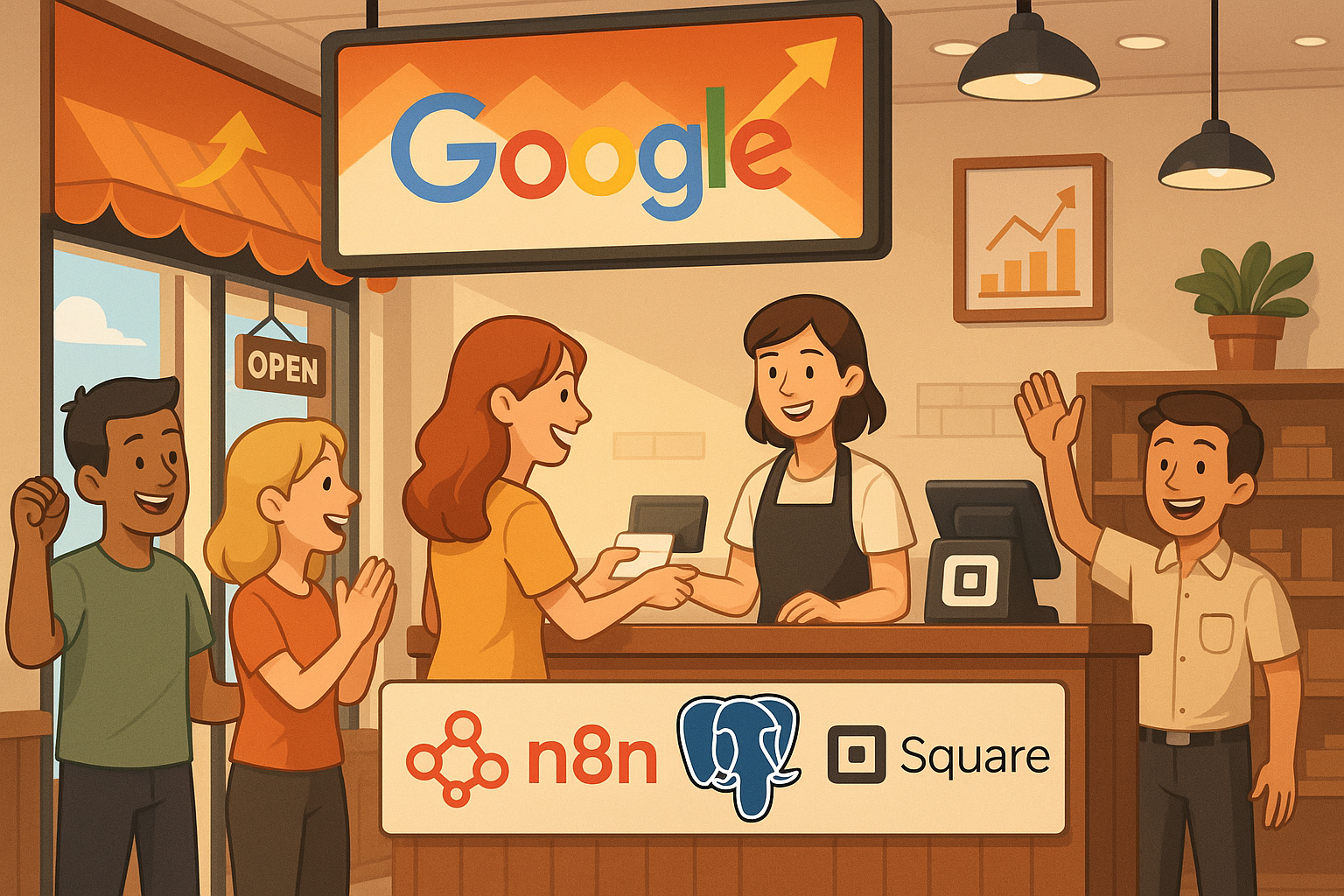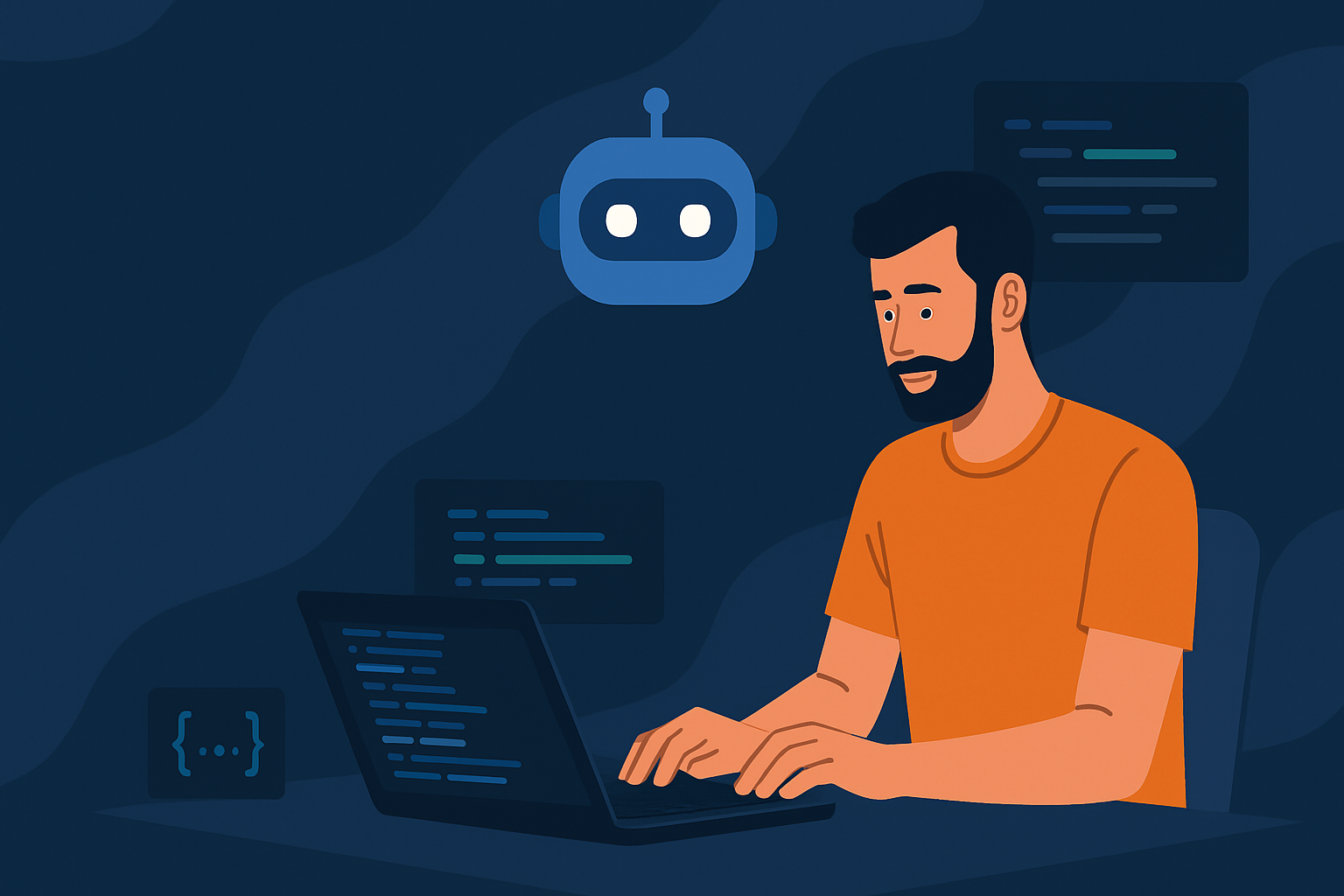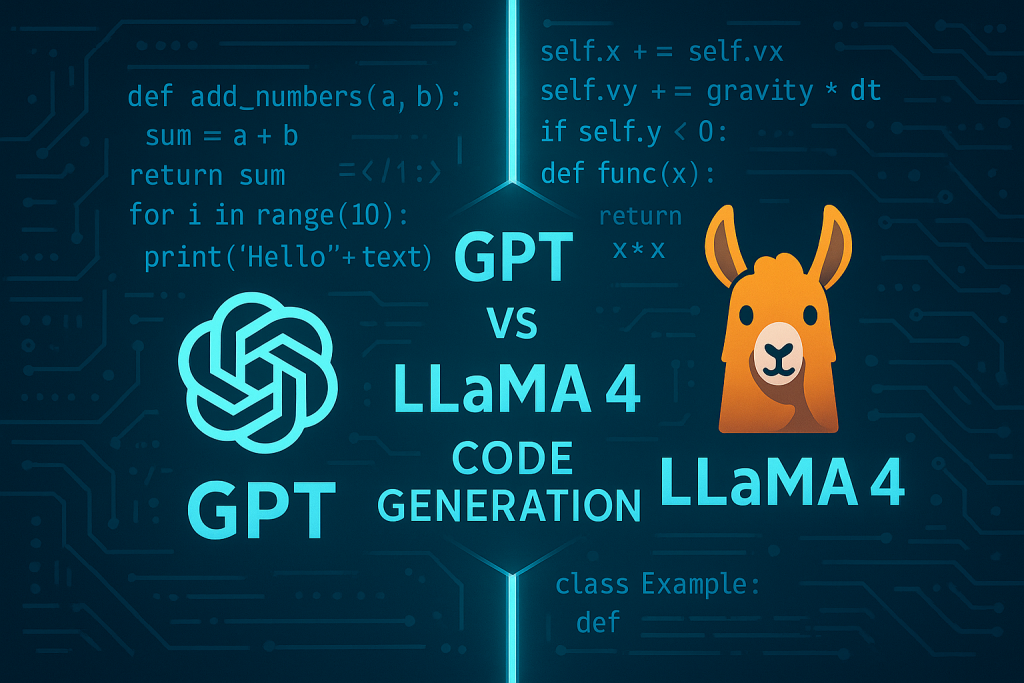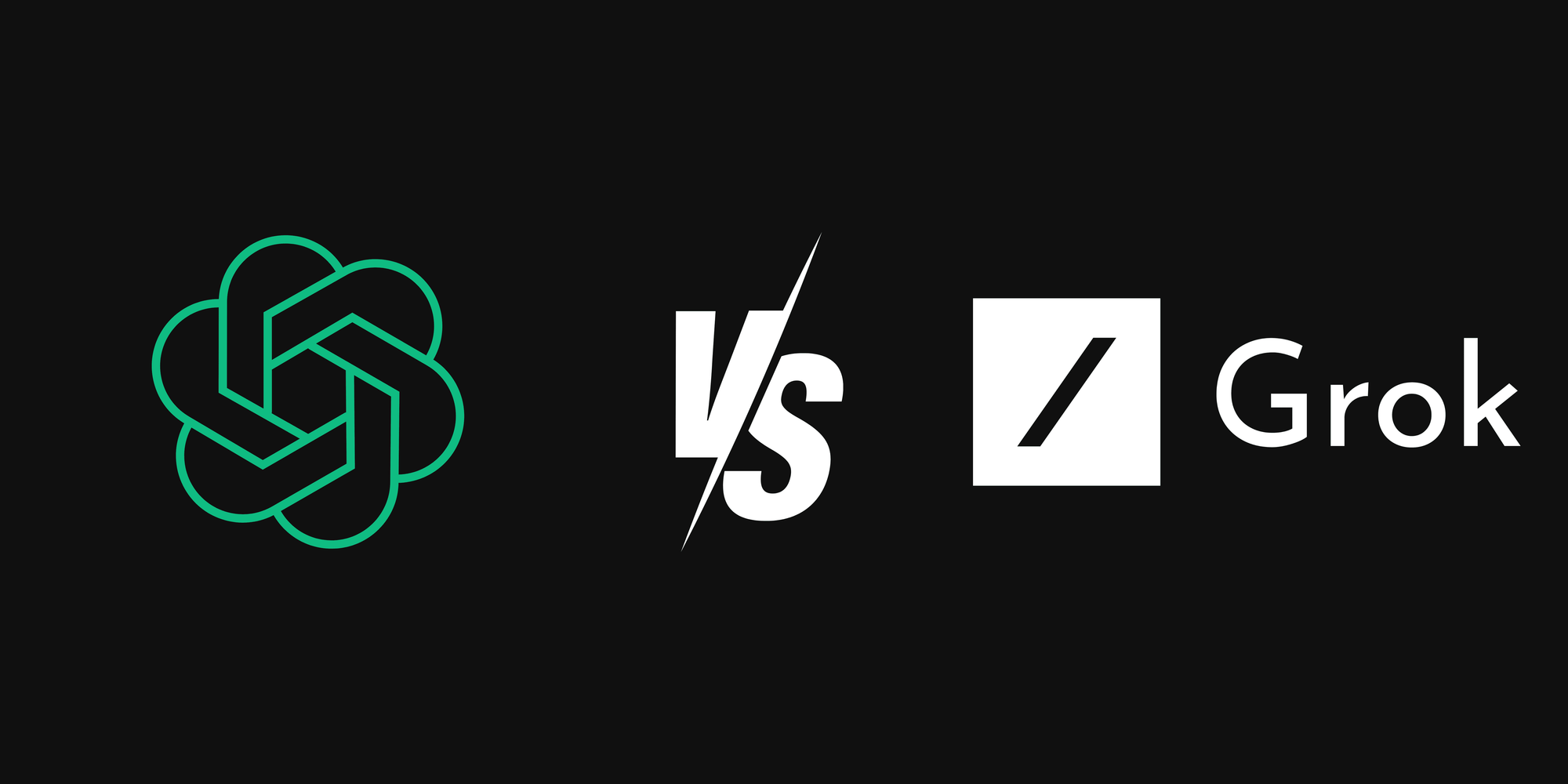How AI Transforms Mental Wellness: From Applications to Essential Questions
Introduction
The global mental health landscape faces staggering treatment gaps. Nearly 970 million people—one in eight worldwide—live with a mental disorder (WHO, 2022), yet treatment gaps exceed 50% globally and approach 90% in the least resourced regions (PAHO, 2023).
COVID-19 exacerbated this crisis, increasing global anxiety and depression by 25%, with projected economic costs reaching $6 trillion annually by 2030 (NAMI, 2023).
Artificial intelligence has emerged as a potential solution. Dartmouth's AI chatbot Therabot reduced depression symptoms by 51% and anxiety by 31% in clinical trials (MIT Technology Review, 2025), part of a rapidly growing mental health app market valued at $500 million in 2020 (Huntington Psychological Services, 2024).
The Current Implementation Landscape
AI mental health tools currently fall into several distinct categories, each addressing different aspects of mental wellness support.
- Therapeutic Chatbots: Tools like Woebot (2017) deliver text-based cognitive-behavioural therapy, helping users identify and challenge negative thought patterns (IEEE Spectrum, 2024). Dartmouth's Therabot demonstrated significant symptom reductions in the first randomised clinical trial for a generative AI therapy chatbot (NEJM AI, 2025).
- Emotion Monitoring Applications: Tools like Earkick track mental health in real-time through voice patterns, typing behaviour, and environmental data. With 40,000 users reporting 32% anxiety reduction and 34% mood improvement (Earkick Blog, 2024), these tools enhance emotional awareness and enable timely interventions.
- Virtual Reality Therapeutic Environments: Cedars-Sinai's XAIA offers therapy sessions with AI avatars in calming virtual environments. Launched in 2024 on Apple Vision Pro, it has shown promising results in studies published in Nature Digital Medicine (Cedar-Sinai, 2024).
- Intelligent Psychological Assessment Systems: Tools like DeepDepression identify mental health conditions by analysing voice patterns with 80%+ accuracy (Scientific Reports, 2024), while Mindstrong Health predicts mood fluctuations based on smartphone usage patterns (Scientific American, 2024). Tian et al.,(2024) also leverage deep learning to identify cues for potential depression through pattern recognition in text analysis.
These tools deploy through three models: direct-to-consumer (maximising accessibility), clinical augmentation (working alongside professionals), and institutional implementations (integrated within healthcare systems with rigorous evaluation).
Unique Advantages of AI in Mental Wellness Support
Breaking Traditional Barriers
• 24/7 accessibility, particularly valuable during off-hours
• Affordability compared to traditional therapy ($100-200 per session)
• Geographic reach for underserved areas (over 25 million rural Americans live in Mental Health Professional Shortage Areas; NAMI, 2023)
• Scalability to address the fundamental supply-demand mismatch in mental healthcare
The Judgment-Free Zone Effect
• Reduced defensiveness, facilitating more honest disclosures
• Lower stigma barriers to initial engagement
• Consistent responses without therapist fatigue or burnout
Data-Driven Insights
• Pattern recognition across time periods to identify subtle trends
• Integration with physiological metrics from health-tracking devices
• Personalisation based on accumulated data
Crisis Bridging and Safety Net Functions
• Support during off-hours when therapists are unavailable
• Skills practice between human therapy sessions
• Guided exercises with immediate feedback
Fundamental Limitations and Human Elements
Despite promising advantages, these technologies face significant limitations that highlight the enduring importance of human connection and expertise in mental healthcare.
The Therapeutic Relationship Essence: AI cannot replicate the complex human connection that research identifies as a key predictor of positive outcomes. The genuine emotional resonance and nonverbal communication between therapist and client transcends content. While AI can simulate empathy through algorithms, it lacks authentic emotional presence—a distinction with practical implications for many users.
Beyond Symptom Management to Meaning-Making: Mental wellness extends beyond clinical symptoms to meaning-making in life. While AI excels at implementing structured cognitive-behavioural techniques, it struggles with existential questions about purpose, mortality, and freedom that many seek in therapy. Narrative therapy approaches view healing as reauthoring one's life story, requiring wisdom that AI currently lacks.
Real-World Integration Challenges: Public awareness and acceptance challenges extend beyond technical capabilities to include social and psychological barriers to adoption. These barriers vary significantly across demographic groups, with younger digital natives typically showing greater openness to AI support while older adults or those from certain cultural backgrounds may exhibit a stronger preference for traditional human approaches. Human experience is fundamentally embodied, with mental health intimately connected to physical states, sensory experiences, and bodily presence. For individuals already experiencing social disconnection—a risk factor for many mental health conditions—exclusive reliance on AI support could potentially exacerbate isolation rather than alleviating it.
Technical Limitations: Input quality issues mirror the fundamental difficulty of articulating subjective psychological experiences. Many users have fuzzy perceptions of their own psychological states and struggle to provide the precise, accurate descriptions needed for optimal AI responses. Similarly, long-term context management difficulties reflect the complexity of human narrative and memory. While recent advances in AI have improved contextual memory, these systems still struggle to maintain a coherent understanding of a person's life story, values, and history across numerous interactions over extended time periods.
Toward an Integrated Mental Health Support System
The Complementary Roles Model identifies optimal functions for each provider type. AI excels at structured skill-building, consistent monitoring, psychoeducation, and crisis availability—potentially surpassing humans in consistency and accessibility. Human providers remain essential for complex case formulation, integrating multiple factors and addressing trauma or existential concerns. As NPR (2025) noted, "we need all the quality therapists we can get—be they human or bot."
The Spectrum of Needs Approach recognises that mental health needs exist on a continuum from basic emotional support to profound healing and transformation. For mild stress or situational challenges, relatively simple AI tools providing coping strategies and emotional validation may be entirely sufficient. For moderate conditions, structured AI-delivered approaches based on evidence-based protocols may effectively reduce symptoms. For complex trauma, personality disorders, or existential crises, human therapeutic relationships likely remain essential. This distinction helps set appropriate expectations for what different interventions can realistically achieve. AI tools might also be particularly valuable for prevention and early intervention, supporting the development of emotional awareness and adaptive coping skills before clinical symptoms emerge.
Ethical Integration Principles become essential as AI becomes increasingly embedded in mental healthcare. Users deserve clear information about what the technology can and cannot do, the evidence supporting its effectiveness, and its intended role in the broader mental healthcare ecosystem. Privacy and data protection considerations take on heightened importance given the sensitive nature of mental health information. Addressing algorithmic bias and fairness remains a critical challenge, as training data often underrepresents marginalised populations and concepts of mental health and healing are culturally influenced.
AI as Psychological Literacy Mentor represents an underexplored potential role in mental wellness. Beyond simply responding to well-articulated user inputs, AI could help people develop better psychological vocabulary and self-awareness—essentially teaching users to become more effective at recognising and describing their own internal states. This role addresses a fundamental challenge that many people struggle to clearly articulate their experiences, leading to unclear expressions yielding generic or unhelpful responses. Developing structured templates or guided prompts to help users engage more effectively with AI mental health tools could transform AI from a mere responder to an active coach in psychological self-expression.
Conclusion: The Pragmatism-Depth Balance
The current state of AI mental health tools reveals a tension between pragmatic implementations and deeper psychological needs. Today's tools focus primarily on measurable outcomes rather than addressing profound dimensions of psychological healing. This pragmatic focus makes sense technologically and commercially, but may miss essential aspects of true healing.
The professional landscape is also likely to change, with AI potentially disrupting mediocre therapists while leaving the most skilled irreplaceable. Forward-thinking practitioners may leverage AI to enhance their own skills, suggesting that AI's impact extends beyond patient-facing applications to professional development.
The future of mental healthcare lies not in choosing between technological and human approaches but in thoughtfully integrating both. My vision is for a mental healthcare ecosystem where technology expands access to evidence-based support while human providers focus their unique capabilities on complex therapeutic work requiring wisdom, presence, and authentic connection. In this vision, AI serves not as a godlike entity but as "an equal tool, truly helping users redesign themselves with self-determination rights."
This collaborative approach honours both technological possibility and human dignity, working toward a future where mental healthcare becomes more accessible, effective, and human.
References
Dagum, P. (2024). Depression recognition using voice-based pre-training model. Scientific Reports, 41(598). https://www.nature.com/articles/s41598-024-63556-0
Heinz, M., & Jacobson, N. (2025). Randomized Trial of a Generative AI Chatbot for Mental Health Treatment. NEJM AI. https://ai.nejm.org/doi/full/10.1056/AIoa2400802
Olawade, D. B., et al. (2022). Mental disorders. World Health Organization. https://www.who.int/news-room/fact-sheets/detail/mental-disorders
Spiegel, B., & Liran, O. (2024). Feasibility of combining spatial computing and AI for mental health support in anxiety and depression. Nature Digital Medicine. https://www.nature.com/articles/s41746-024-01011-0
Tian, H., Zhu, Z. & Jing, X. Deep learning for Depression Recognition from Speech. Mobile Netw Appl 29, 1212–1227 (2024). https://doi.org/10.1007/s11036-022-02086-3
Wright, V. (2025). The AI therapist can see you now. NPR Shots - Health News. https://www.npr.org/sections/shots-health-news/2025/04/07/nx-s1-5351312/artificial-intelligence-mental-health-therapy
Zhu, T., & Jing, X. (2025). The first trial of generative AI therapy shows it might help with depression. MIT Technology Review. https://www.technologyreview.com/2025/03/28/1114001/the-first-trial-of-generative-ai-therapy-shows-it-might-help-with-depression/
Disclaimer: This blog post represents personal reflections and does not constitute medical advice. The effectiveness of AI mental health tools varies widely, and research in this field is still emerging. While some studies show promising results, many applications lack robust, independent verification. If you're experiencing mental health challenges, please consult with qualified healthcare professionals. AI tools should be viewed as potential complements to, not replacements for, professional care. Always prioritise your privacy when using digital mental health applications and carefully review their data policies.
Catch the latest version of this article over on Medium.com. Hit the button below to join our readers there.

